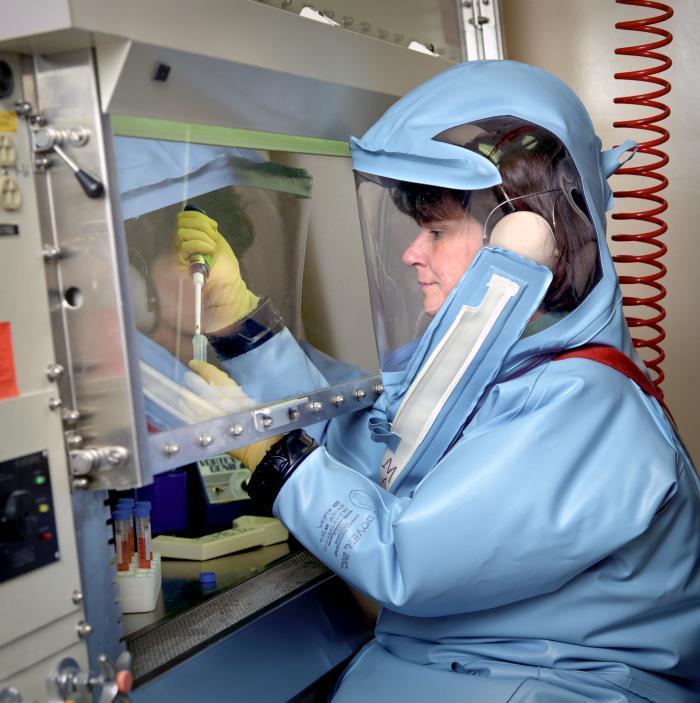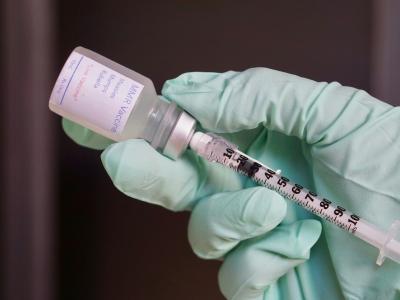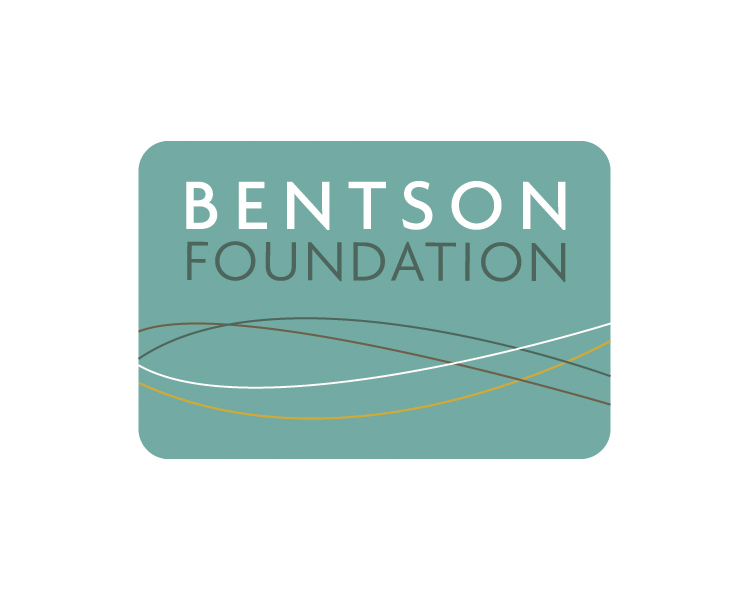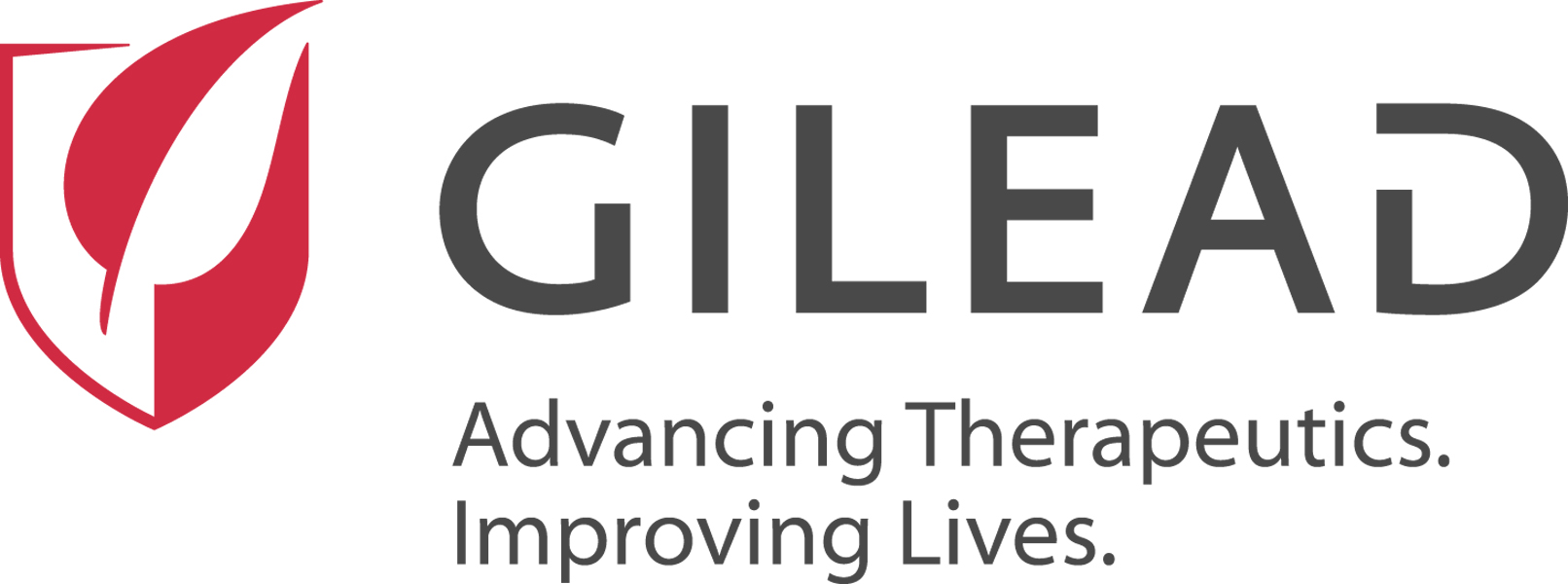Early US COVID-19 indicators continued an upward trend last week, though from very low levels, especially in many southeast, southern, and West Coast states, the US Centers for Disease Control and Prevention (CDC) said today in its latest weekly update.
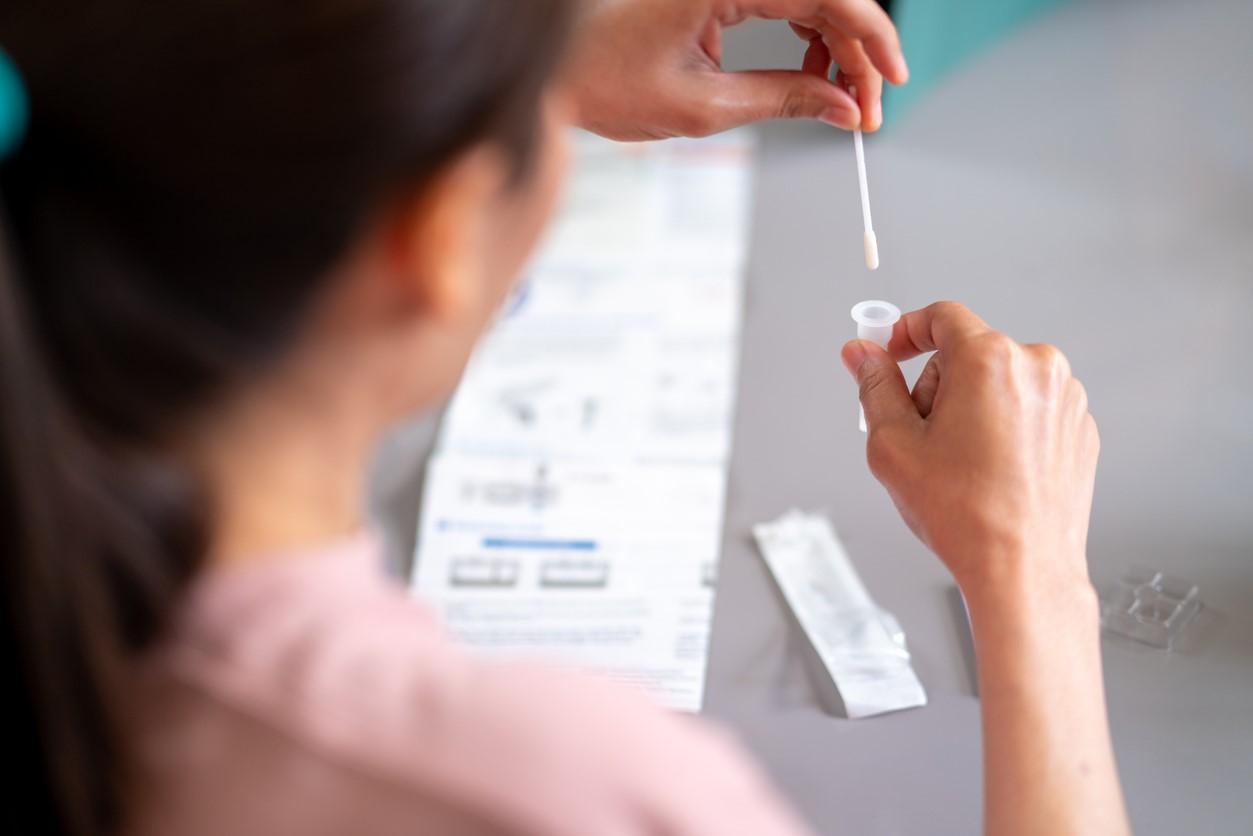
Emergency department visits rose 4.8% compared to the week before, mainly in children up to 4 years old. Test positivity rose slightly and is now at 5.3% nationally, with levels highest in the Southwest, followed by the South.
Wastewater SARS-CoV-2 detections remained at the low level and are highest in the West, with other regional hot spots, including Louisiana with very high activity and Florida with high activity.
The CDC has not updated its variant proportion estimates since the middle of June owing to low numbers of sequences reported when the NB.1.8.1 subvariant was the most common. Variant proportions predicted from testing in international travelers during the same period suggested the XFG variant—one of many JN .1 offshoots— was most common. Both are considered variants under monitoring by the World Health Organization, which in late June said XFG seems to have a moderate growth advantage and a low risk of immune escape, though it added that confidence in its assessments were low because of recent expansion and low sequencing levels.
Hawaii officials note rising cases
Earlier this week, the Hawaii Department of Health said that, after a period of relative stability, COVID activity is rising again and is now at the medium level, suggesting the virus is circulating at higher-than-expected levels based on historic trends. Officials said the test-positivity rate was 12.4% as of July 17, up from 10.9% the week before. The 7-day average for new cases rose over the past month for all of the state's islands as of July 11.
The health department urged residents to take precautions such as getting vaccinated, staying home when sick, covering coughs, masking, and getting tested if symptomatic.
